Top Ten Supplies You Should Have for Camping
Whether it be luxury car camping or roughing it out in the backcountry backpacking, most people enjoy some form of camping. Camping gives you an opportunity to go out into nature and commune with the wild side of life. You can re-prioritize your commitments in a way you often can't do while immersed in the hustle and bustle of your regular life.This list goes over the items you should/might have when you go out into the wild. You might be car camping in a KOA where you have showers and a pool or you could be out beyond the reaches of phone service, but either way, these items can make your experience a lot more enjoyable.
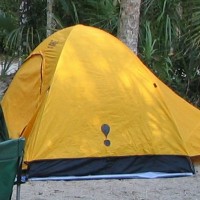
Sometimes it's nice to sleep out under the stars, but depending on your climate, weather, and season, it might not be feasible. That's where your tent comes in. A good one will protect you from the elements, such as sun and rain, as well as keep the bugs at bay.
There's no point in going camping without a tent.
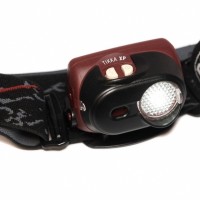
Sure, you could go with the lantern your grandpa used, but that can be inconvenient when you need to relieve yourself in the middle of the night. A good headlamp will have a combination of LED bulbs for standard use and a higher-powered halogen (or equivalent) for seeing glowing animal eyes from a distance.

Whether you go with a high-tech mummy bag or the tried-and-true square style, a sleeping bag will give you both a place to sit and sleep. It doesn't really matter how great your days go if your nights are spent freezing and sleepless.
From the quick and simple Therm-a-Rest to the luxurious Exped, having a sleeping pad can make a huge difference in your experience. They both cushion the ground and provide warmth, as most of your body heat dissipates downward into the ground.
Many campers choose to cook everything over a fire, which is nice. However, in many parts of the country, fire restrictions are in place that prevent you from lighting up. In those situations, you'll need to either eat your breakfast cold or fire up the camp stove.
You can get a two-burner stove that folds up into a small briefcase or a Jetboil that will boil water in 90 seconds. Once you know what your cooking contraption will be, you can then plan your meals.
If you're car camping, then packing a nice camp chair shouldn't be a problem. If you're roughing it in the backcountry, then it might be more of a luxury than you can afford to carry. If you do decide to bring a chair, options range from a full-body recliner to a three-legged stool. I prefer something in the middle. Make sure you test the chair out first to ensure it's comfortable.
If you're backpacking, you'll want a sturdy water bottle to carry with you. If you're car camping, you might be okay with a large three-to-five-gallon jug to pour into a glass (reusable, of course). I recommend both.
I suggest a three-to-five-gallon plastic water jug with a spigot so you can fill your water bottle for hikes or other activities. Brands like Klean Kanteen and Nalgene are good choices.
Is a chair more important than water? But you don't need a chair to survive, haha.
Buying plastic forks and plates for every trip is a waste. You can pick up a lot of standard metal tableware for cheap at garage sales if you look. Just store them in a bag to bring along.
With today's technology, there's no good reason to use disposable silverware and plates. With a foldable washcloth and a bit of water, you can wash your plates and utensils for reuse at the next meal. This saves on waste and benefits the environment. You can get lightweight Lexan plastics or sturdy metal options. Decide whether weight or space is an issue, and then choose what best fits your needs.
Even a simple splinter can be both painful and dangerous if you can't remove it. Make sure your first aid kit contains the items you'll need for the specific trip you're taking. Perhaps bandages and tweezers are enough, but maybe you'll want a snakebite kit and some extra burn ointment. Just be sure to know what you have and how and when to use it.

No water, no life. It's essential for survival.
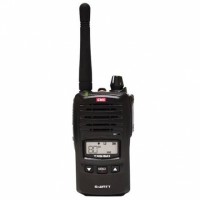
Two-way radios can be a lot more hassle-free than using mobile phones, especially in areas with low service. Just pick a channel to use and go at it.
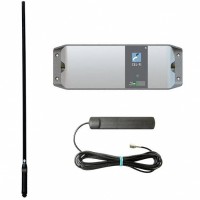
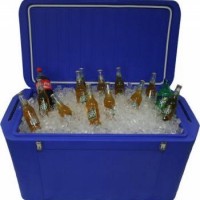
Whether you call them an esky, ice box, chilly bin, or something else, a drink cooler is essential. You can't let the beers go warm!
A polytarp is a large sheet of strong, flexible, water-resistant or waterproof material. It's often made of cloth such as canvas coated with polyurethane, or of plastics like polyethylene. It can be used to cover the tent in case of rain.